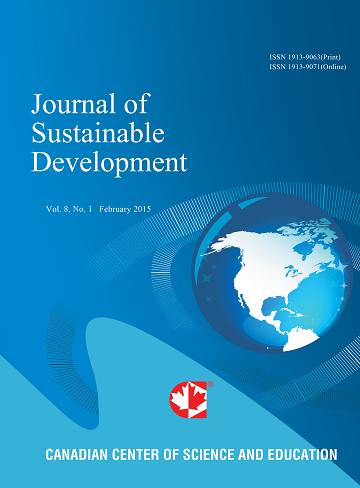Effects of Sorgoleone on Soil Microbial Communities and Soybean Nodulation
- Laiane Barbosa de Medeiros
- Maria Eduarda Borges Rodrigues Silva
- Gabriel Duarte da Costa
- Cicero Donizete Pereira
- Fabio Santos Matos
- Talles Eduardo Borges dos Santos
Abstract
Bioinputs offer a promising alternative to synthetic herbicides, reducing environmental impacts, but their effects on soil microbial communities are not well understood. This study assessed the effects of aqueous sorghum extract on soil microbial communities and nodulation in soybean cultivated on sorghum and maize crop residues. The experiment was conducted in a completely randomized split-plot design with five replications, with sorghum or maize crop residues in the plots, and weed control with or without aqueous sorghum extract application in the subplots. Microbial biomass carbon (MBC), basal soil respiration (BSR), microbial quotient (qMIC), metabolic quotient (qCO2), mycorrhizal colonization, and number of viable nodules were measured. Aqueous sorghum extract application reduced MBC (77.92 mg C kg⁻¹ soil) and BSR (40.58 mg C-CO2 kg⁻¹ soil day⁻¹) under sorghum residue treatments, increased qCO2 (indicating higher microbial stress), and reduced qMIC, suggesting lower carbon use efficiency. Soybean mycorrhizal colonization was unaffected, but nodulation was significantly reduced under sorghum residue treatments (37 viable nodules per plant), suggesting an inhibitory effect on soybean-rhizobium symbiosis. These findings indicate that phenolic compounds and quinones in sorghum alter soil microbial activity and impair biological nitrogen fixation, particularly when combined with sorghum crop residues.
- Full Text:
 PDF
PDF
- DOI:10.5539/jsd.v18n5p143
Journal Metrics
Index
- Academic Journals Database
- ACNP
- AGRICOLA
- ANVUR (Italian National Agency for the Evaluation of Universities and Research Institutes)
- Berkeley Library
- CAB Abstracts
- CNKI Scholar
- COPAC
- CrossRef
- DTU Library
- EBSCOhost
- Elektronische Zeitschriftenbibliothek (EZB)
- EuroPub Database
- Excellence in Research for Australia (ERA)
- Genamics JournalSeek
- GETIT@YALE (Yale University Library)
- Ghent University Library
- Google Scholar
- Harvard Library
- INDEX ISLAMICUS
- Infotrieve
- Jisc Library Hub Discover
- JournalGuide
- JournalTOCs
- LOCKSS
- Max Planck Institutes
- MIAR
- Mir@bel
- NewJour
- Norwegian Centre for Research Data (NSD)
- Open J-Gate
- PKP Open Archives Harvester
- Pollution Abstracts
- Publons
- Pubmed journal list
- RePEc
- ROAD
- SafetyLit
- Scilit
- SHERPA/RoMEO
- Standard Periodical Directory
- Stanford Libraries
- UCR Library
- Ulrich's
- UniCat
- Universe Digital Library
- UoS Library
- WJCI Report
- WorldCat
- WorldWideScience
- Zeitschriften Daten Bank (ZDB)
Contact
- Sherry SunEditorial Assistant
- jsd@ccsenet.org
